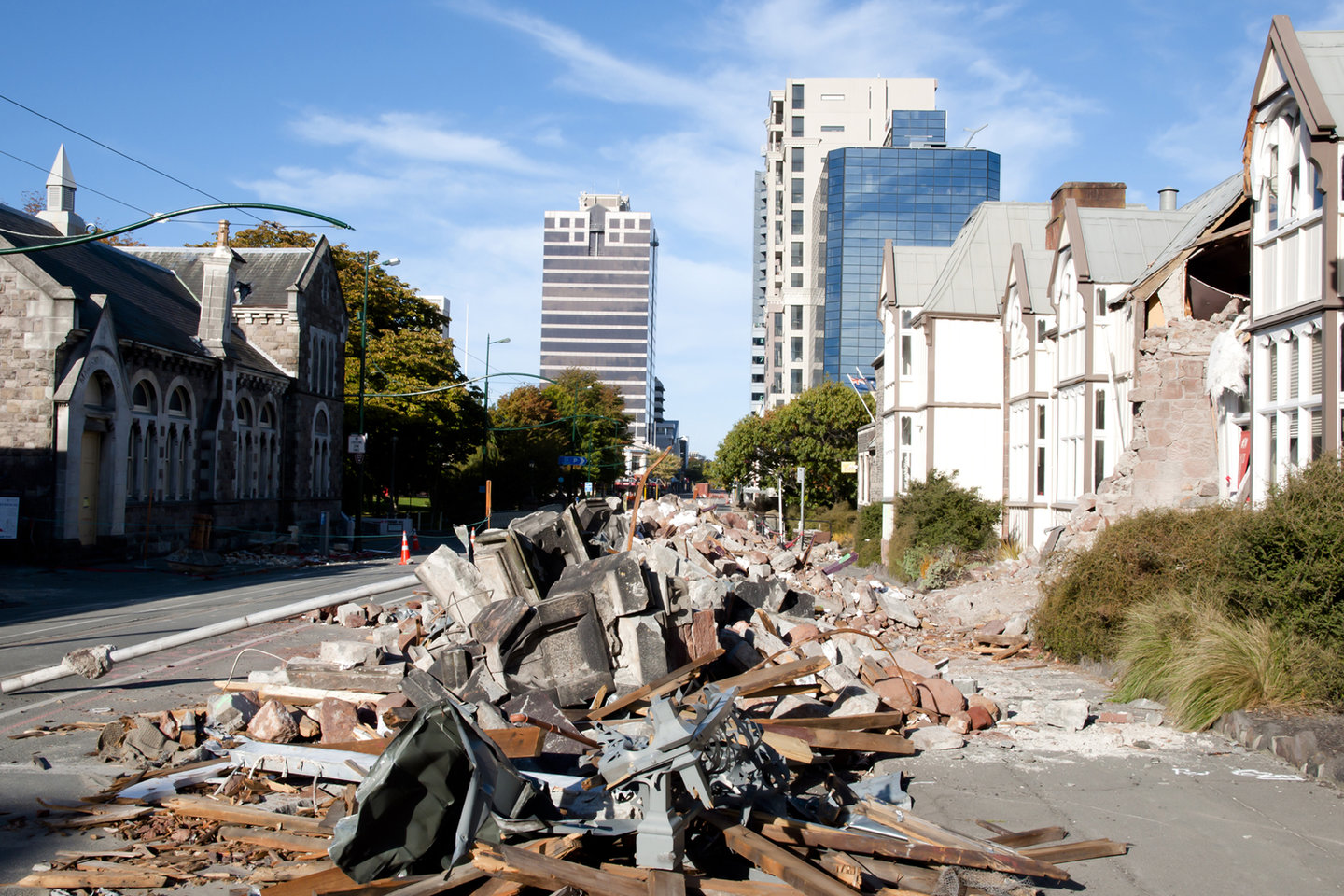Safety
Nature strikes: natural disasters on the world’s rail networks
Natural disasters are a society-wide issue, but their impact on rail networks can be pronounced. Whether it is flooding, earthquakes, wildfires or hurricanes, Adele Berti takes a look at the most serious natural events to hit rail networks around the world and the industry’s response to them
In
the late 1880s, the North American region of British Columbia chose to be annexed to Canada instead of the neighbouring US. This event, which effectively marked the unification of Canada, coincided with – and is tied to – the end of major cross-country rail works that connected the country’s western and eastern coasts.
Crucial in determining British Columbia’s annexation to Canada, this century-old set of tracks has become a symbol of the country’s unification and is now home to a luxury rail journey service famous worldwide and run by Canadian rail-tour company Rocky Mountaineer.
A service established in the 1990s, Rocky Mountaineer organises scenic trips through the Canadian Rockies and across British Columbia, the Canadian province of Alberta and the US state of Washington. Offering as many as 65 vacation packages on four rail routes, it carries nature enthusiasts to breathtaking lands, blue lakes and rocky canyons for prime excursions into the wilderness.
Locals and tourists from around the world can choose one of four rail journey packages that cover different itineraries. Sitting comfortably on board Rocky Mountaineer’s single or double-level coach trains, passengers will enjoy an almost 360° view of the surrounding natural hotspots through the trains’ oversized glass-dome windows.
Particularly popular among bookers is the GoldLeafService, which features double-decked trains and premium dining options. A slightly cheaper option, called the SilverLeafService that features single-level trains and fewer comforts is also available. Prices range from £1,200 for short trips, to more than £6,000 for journeys of over two weeks.
The packages also include overnight stays at picturesque hotels along the way – which vary depending on the service selected – with extra options to sign up to numerous adventurous and touristic activities that range from trekking to helicopter tours.
The packages are ‘First Passage to the West’, reaching Vancouver, Lake Louise and Banff; the ‘Journey through the Clouds’ running between Vancouver and Jasper, Alberta; the ‘Coastal Passage’, which connects Seattle, Jasper, Lake Louise and Banff; and finally, the ‘Rainforest to Gold Rush’ that passes through Vancouver and Jasper via Whistler and Quesnel.
Volcanoes
Sicilians may trust using the railways to visit Mount Etna but generally, trains are much better off if they’re out of a volcano’s reach.
Particularly, it is its ashes that can seriously disrupt a rail network, leading to poor visibility, health hazards and mechanical issues.
This was the case in Japan in 2011, when parts of a rail route were shut down for over a week as ashes from an eruption caused a loss of electrical communication and mechanical failures.
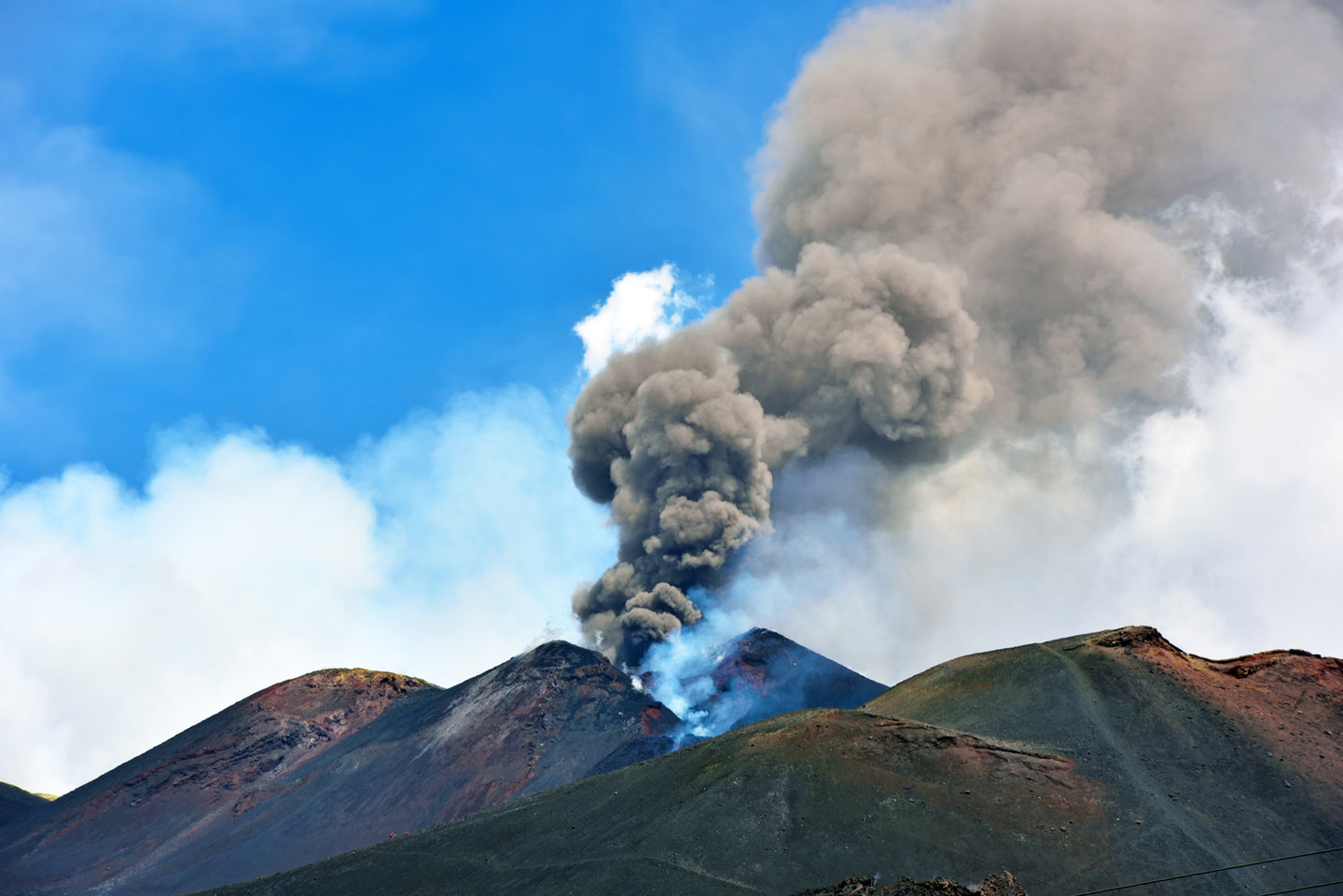
Floods
In 2018 alone, floods were responsible for a staggering 109 disasters across the world, damaging tens of rail networks and, in the case of Turkey, even claiming the lives of those on-board.
Last year, 24 people died on a train headed to Istanbul after heavy rains eroded the ground beneath the tracks, derailing six carriages and causing the country’s worst rail disaster in recent years.
Turkey is now heavily investing in modernising equipment and tracks in order to prevent further natural catastrophes from causing more damage.
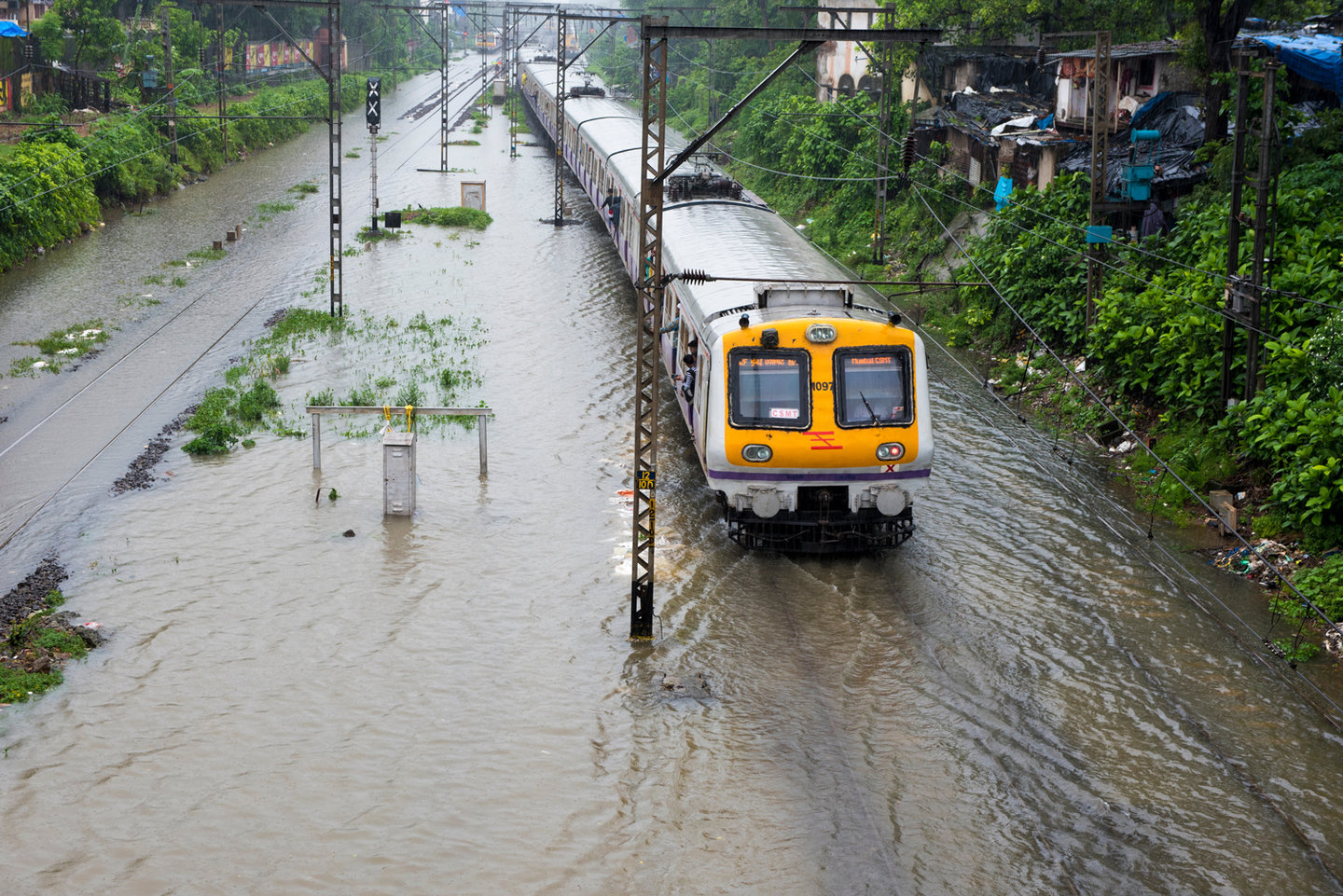
Image: arun sambhu mishra / Shutterstock.com
Hurricanes
Services were suspended on numerous railroads after Hurricane Florence hit the US states of North and South Carolina in September 2018.
Both passenger and freight routes were affected over the month the hurricane was raging in the US, forcing CSX Transportation to suspend services on major traits of its network.
With hurricanes and other natural events being a major concern in the US, both local and national governments are working to implement new resilience technologies and contain damages on rail networks and other transport methods.
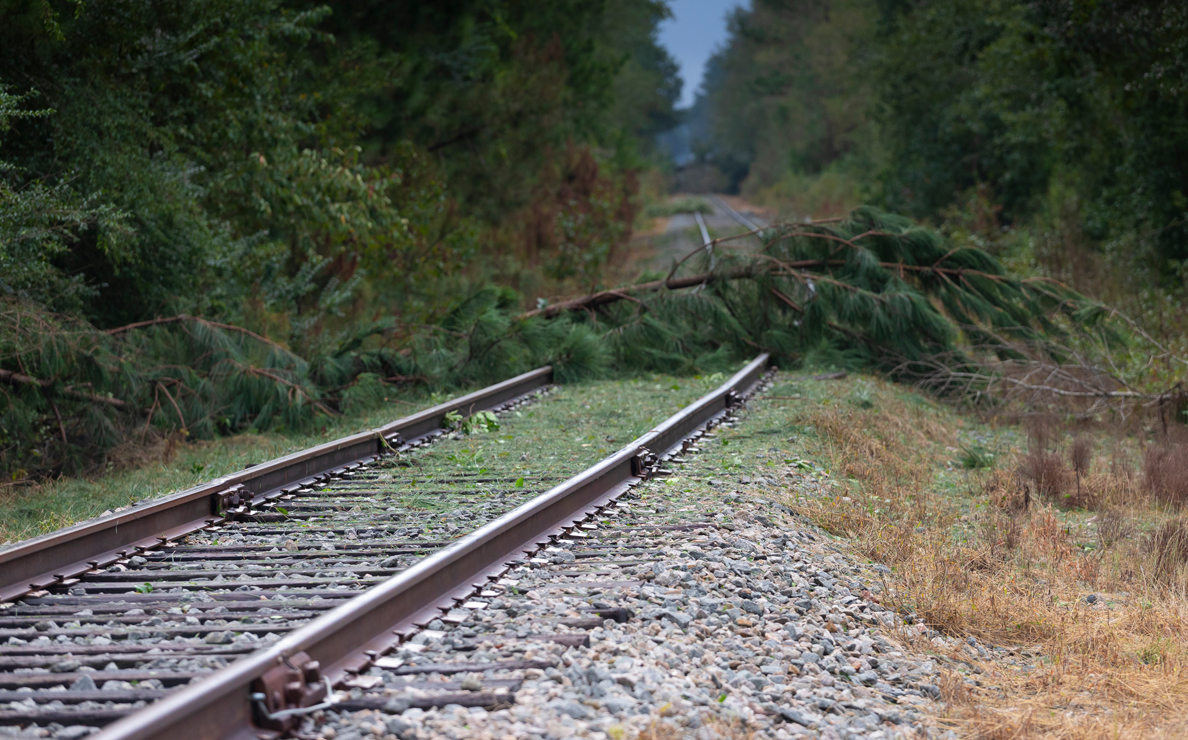
Wildfires
With global temperatures in 2018 being the fourth warmest on record, it is no surprise that last year’s dry and hot summer led to a number of disastrous wildfires, which destroyed entire pieces of land across Australia, California and more.
Perhaps surprisingly, Scandinavian countries were amongst the most affected as a wave of wildfires spread across Sweden, where trains were either suspended or diverted for a few days.
Nevertheless, the industry is rushing to find solutions, with the EU’s RESIST project particularly standing out. Running between 2018 and 2021, the scheme will look at ways to ensure the continent’s transport routes improve at coping with extreme weather and unpredictable natural events.
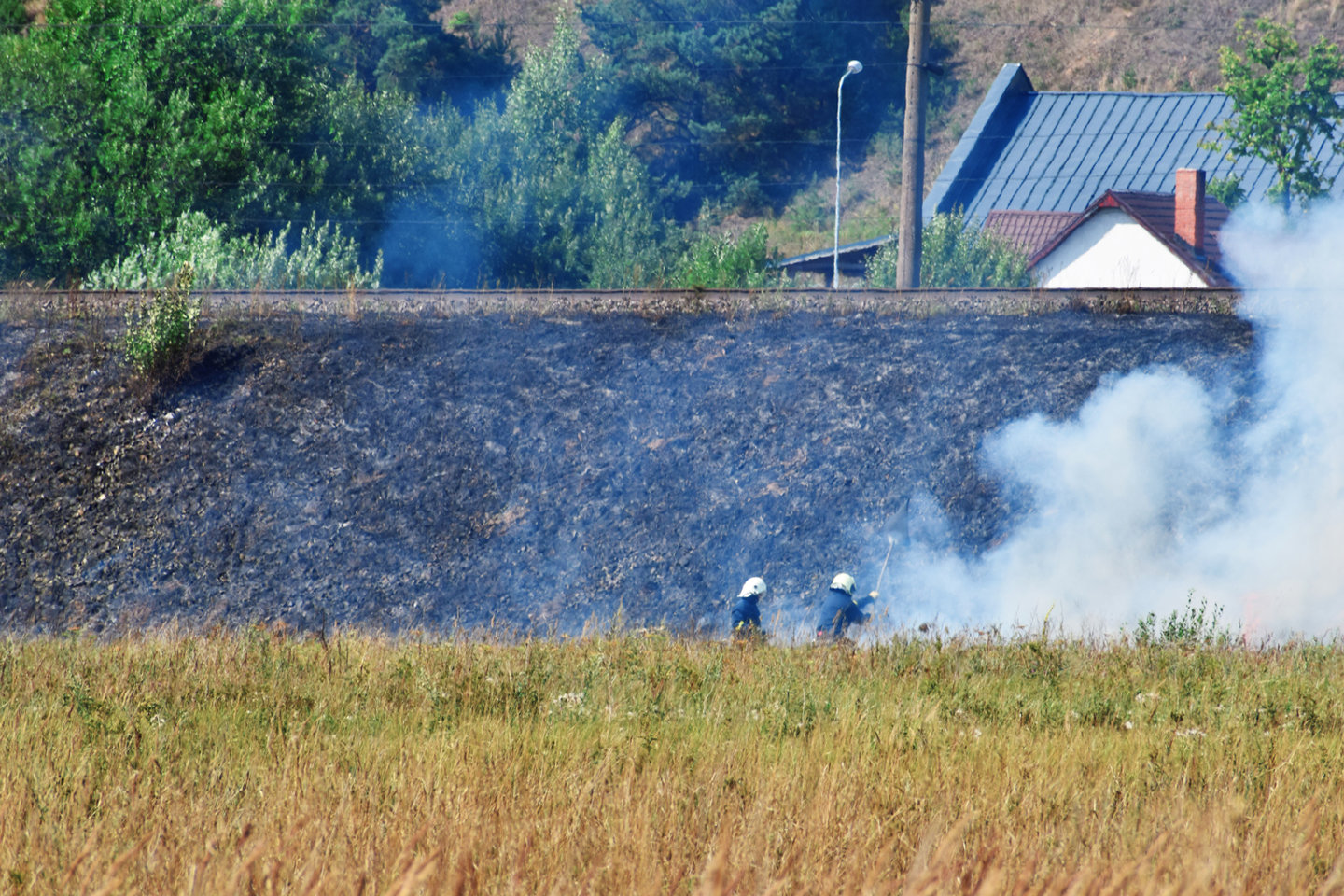
Polar Vortex/freezing temperatures
In January 2019 the US was targeted by a polar vortex that froze rivers and forced people inside their homes. In particular, temperatures plummeted to a freezing -33°C in Chicago, endangering all modes of transportation and threatening to damage trains and the tracks they’re running on.
However, authorities found a curious, ingenious solution to the problem: using fire to melt away ice and snow at rail intersections, helping to restore operations.
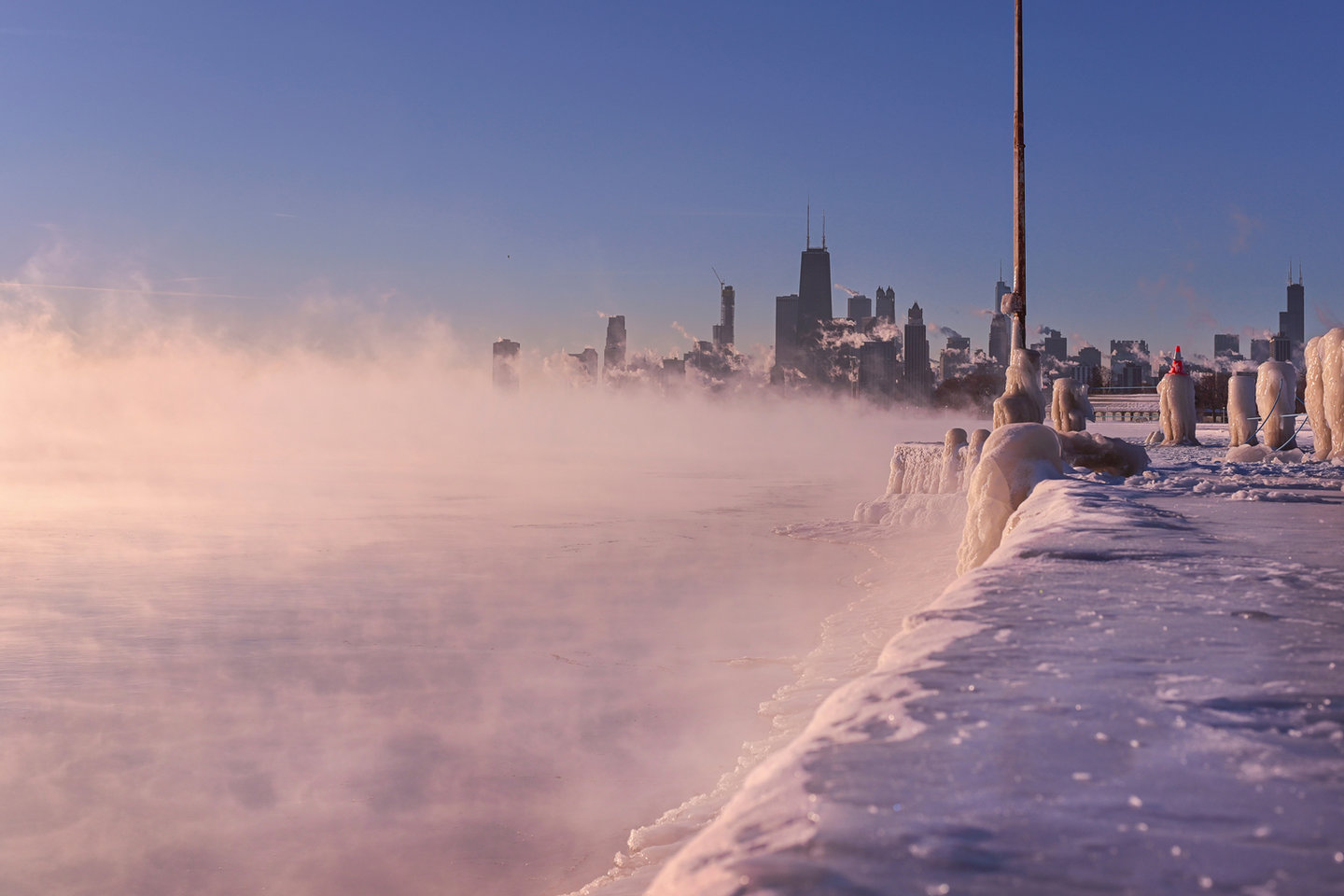
Earthquake
It took New Zealand two long years to repair the damaged parts of a rail network on its South Island, which, back in 2016, was heavily shaken by an earthquake that killed two.
Both the country’s Main North railway line and routes covered by KiwiRail were consequently damaged and interrupted for two years, as landslides near the coast made parts of the rail tracks fall into the sea.
Freight trains were allowed back on the route in 2017, while the first passenger journey on the repaired network took place in November 2018 following an extensive clean-up operation.
